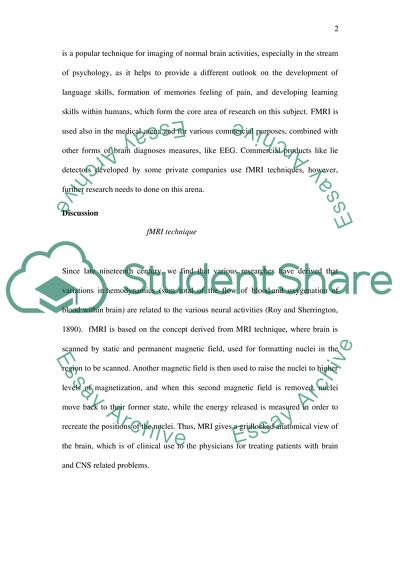Cite this document
(“Functional magnetic resonance imaging Essay Example | Topics and Well Written Essays - 2750 words”, n.d.)
Retrieved from https://studentshare.org/psychology/1395363-functional-magnetic-resonance-imaging
Retrieved from https://studentshare.org/psychology/1395363-functional-magnetic-resonance-imaging
(Functional Magnetic Resonance Imaging Essay Example | Topics and Well Written Essays - 2750 Words)
https://studentshare.org/psychology/1395363-functional-magnetic-resonance-imaging.
https://studentshare.org/psychology/1395363-functional-magnetic-resonance-imaging.
“Functional Magnetic Resonance Imaging Essay Example | Topics and Well Written Essays - 2750 Words”, n.d. https://studentshare.org/psychology/1395363-functional-magnetic-resonance-imaging.


